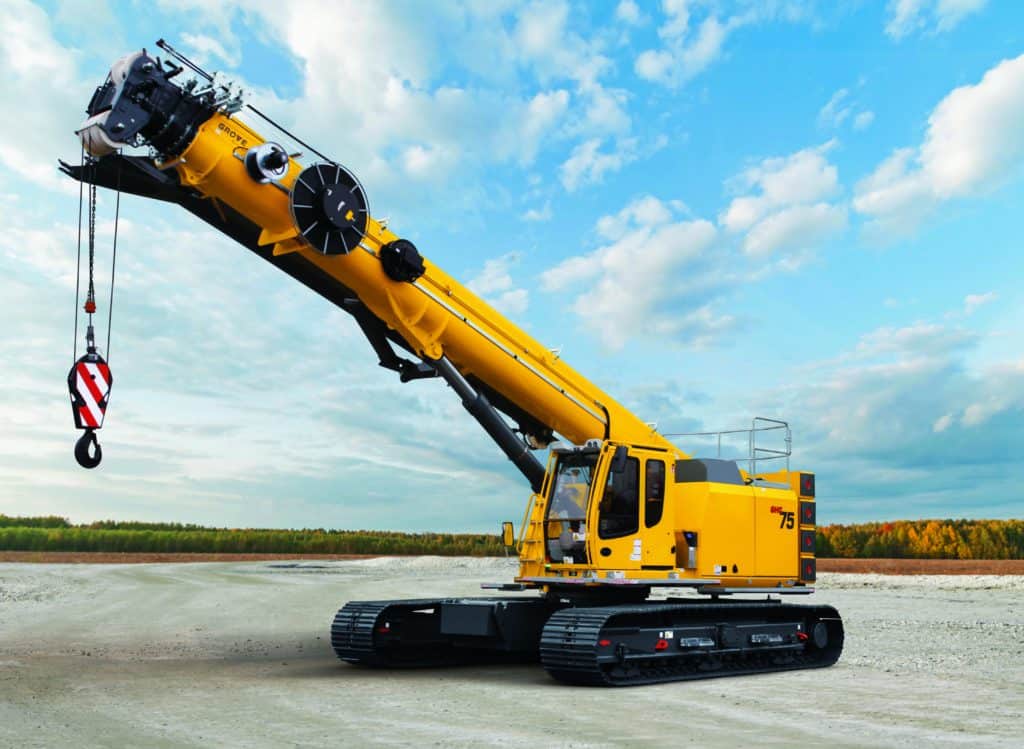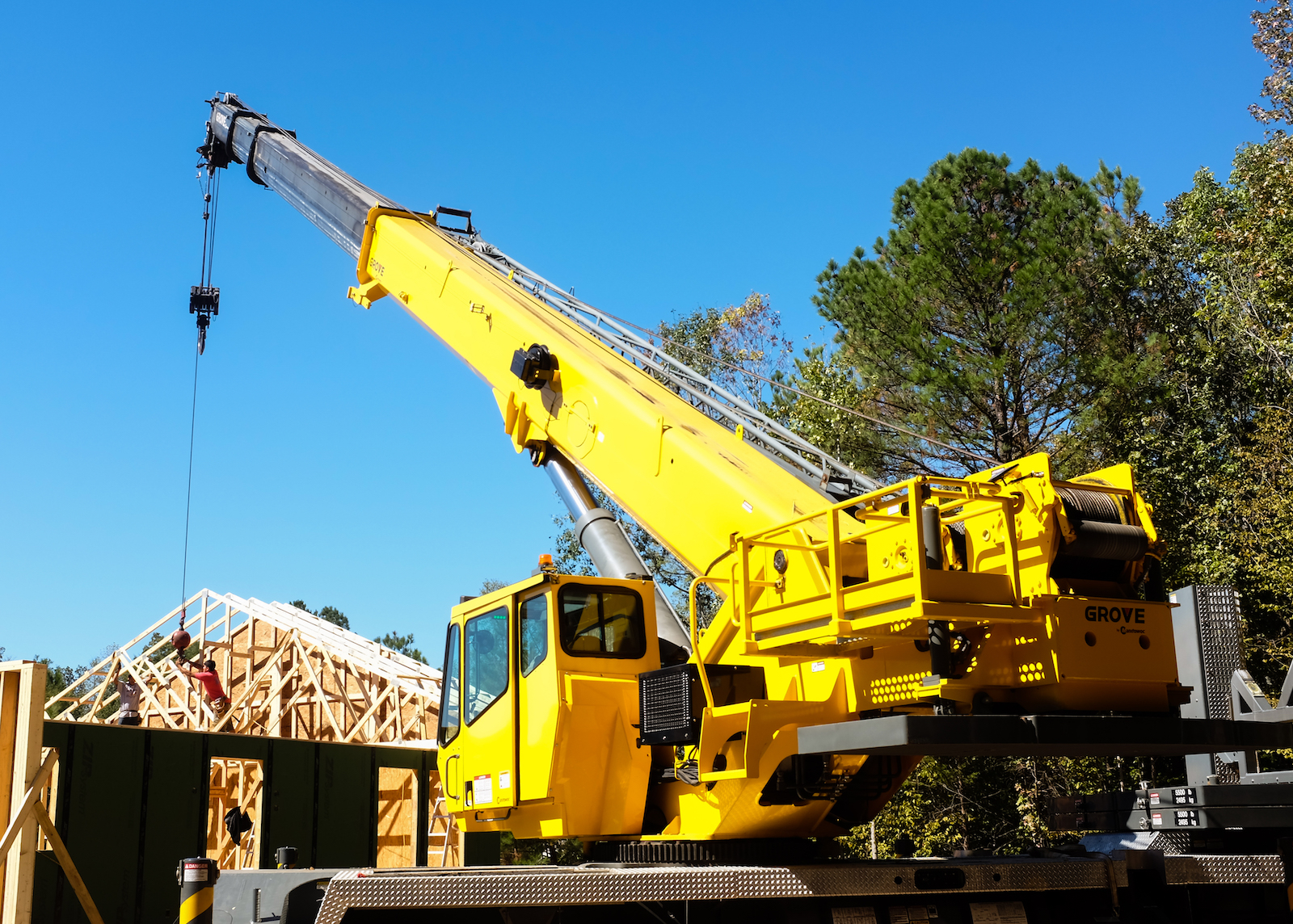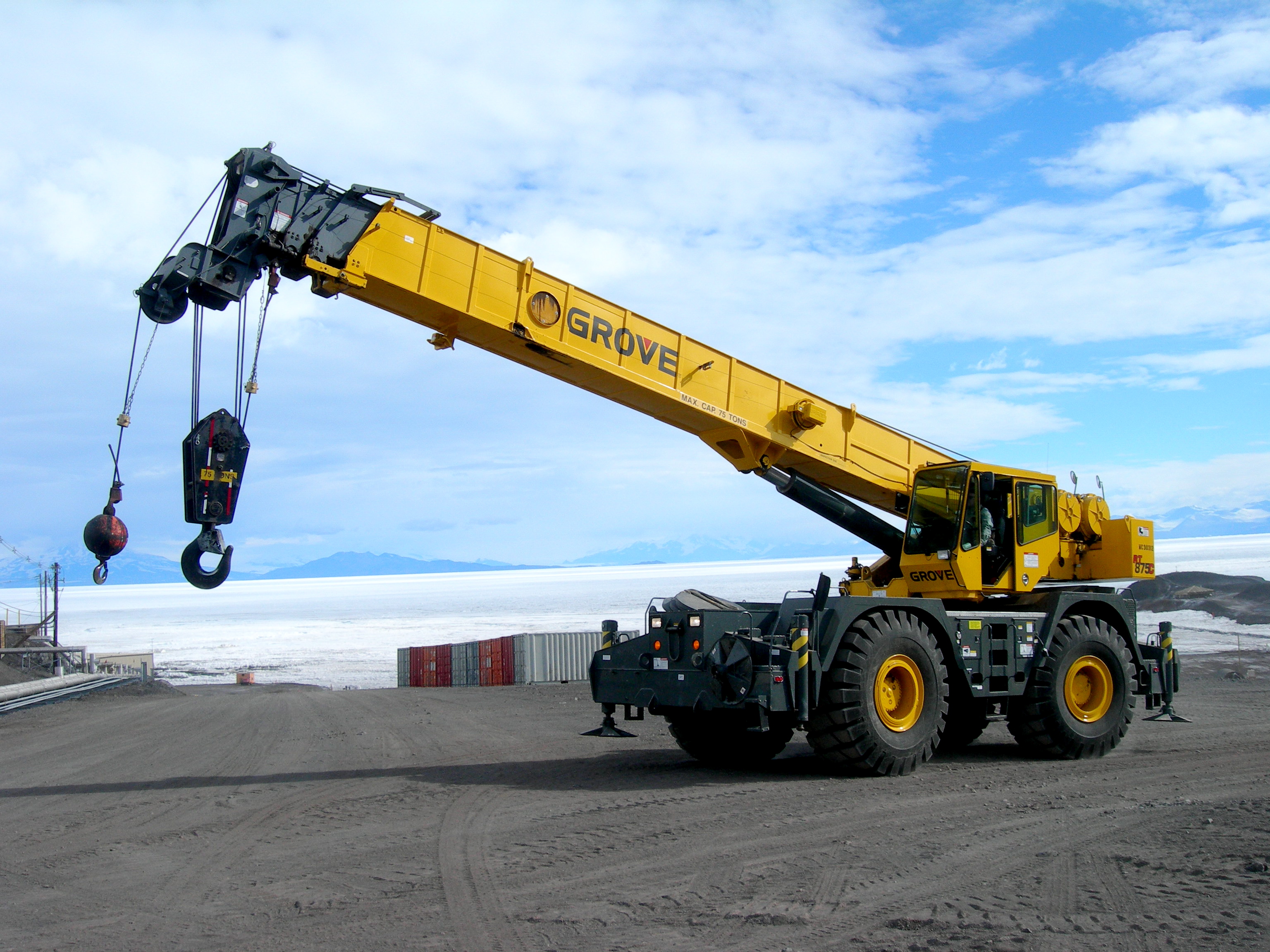Crane Anatomy - Understanding The Big Lifting Machines
Have you ever stopped to think about those enormous machines that stand tall on building sites, or maybe even at big ports, moving incredibly heavy things with what seems like surprising ease? These are cranes, and they are, basically, truly amazing pieces of equipment. They can pick up and put down materials, shifting them around within a big circle, and even move them up or sideways. They're used in, like, every part of industry you can think of, from putting up buildings to digging out minerals, building ships, and just getting materials where they need to go. It's pretty incredible, if you think about it.
To really get how these powerful contraptions do what they do, and to make sure they are used in a way that is safe and gets the job done well, it helps to know a little bit about what they are made of. You see, every single bit of one of these machines is really important. From the very bottom part, which holds everything steady, all the way up to the very top where the lifting happens, each piece has a big part to play in how the machine works. It's all about making sure things happen without trouble and in a secure fashion, so, you know, no accidents happen.
So, we're going to take a bit of a closer look at the basic makeup of these big machines. Knowing about their different parts can make a real difference for anyone who runs them, or even for those who are just thinking about getting one for a job. It helps you pick the best kind of machine for what you need to do, and it also helps keep everyone safe on the job site. This article will help explain what the parts of a crane look like and what they do, so you can have a better idea of how these things actually work.
- Hawaii Kangaroo
- Who Wins Survivor 37
- How Old Is Rachel Reynolds On The Price Is Right
- Women Ocean
- How To Scan On Snap
Table of Contents
- Introduction to Crane Anatomy
- What Makes a Crane Work?
- The Grabbing End - All About the Hook in Crane Anatomy
- Lifting Power - The Hoist and Its Helpers in Crane Anatomy
- How Do We Sort Out Different Kinds of Lifting Giants?
- Staying Put or Moving Around - Fixed and Mobile Crane Anatomy
- Why Does Knowing Crane Anatomy Matter So Much?
- Keeping Things Safe - Crane Anatomy and Proper Use
- What's the Science Behind the Lift - Crane Anatomy and Physics?
What Makes a Crane Work?
When you look at a big crane, it’s pretty clear that it’s made up of many different sections, and, actually, each one plays a big role in getting the job done. These machines are designed to pick up heavy things and move them around, and they do this by using a mix of strong wire cables and metal chains. These cables and chains are, basically, the muscles of the machine, pulling and lowering the stuff. The way all these bits fit together and move is what lets the machine handle big loads, whether that’s lifting them high up or just shifting them across a flat area. So, to really get a grip on how these machines operate, you have to look at the pieces that make them up. It’s a bit like learning about the parts of a body to know how a person moves, you know?
The whole frame of the machine, you see, is there to hold everything up while something heavy is being lifted. It gives the necessary support, making sure the entire setup stays steady and doesn’t tip over. But even with all that big structure, it’s just one particular part that actually reaches out and makes contact with the heavy item that needs to be moved. This direct connection is, in a way, what makes the whole lifting process possible. Without that specific piece making contact, the rest of the machine wouldn’t be able to do its job. It’s a pretty simple idea, but it’s really important for how the machine functions overall. So, it's not just about the strength of the machine, but how it connects to the world around it, too.
The Grabbing End - All About the Hook in Crane Anatomy
The hook, you see, is basically the very first spot where a crane connects with something heavy it needs to pick up. It's the primary part for getting things off the ground, that's for sure. While the whole big frame of the machine gives its strength to hold up a heavy item, it's just the hook that actually goes out and touches what needs moving. So, in a way, it's the direct link between the machine and the load. When you are on a building spot, or really any place where you need to shift a heavy item from one position to another, the people running the machine use this hook to grab onto the item. It's how they get a firm hold, allowing them to then lift and transport the stuff. This grabbing action is, actually, what makes the hook so important; it's the bit that physically holds the weight.
- Instagram Gracie Abrams Aesthetic
- Tyrone Howard
- White Calvin Klein Bra
- Hunger Game Outfits
- How Old You Have To Be To Work At Baskin Robbins
This little curved piece of metal, which is, basically, not so little at all, is built to be extremely strong. It has to be, because it’s the only part that directly bears the full weight of whatever is being lifted. Think about it: without a strong, reliable hook, the whole operation would be a mess. The way the hook is shaped lets it latch onto different kinds of things, whether it’s a big steel beam or a container full of smaller items. It’s the very point of contact, the part that truly reaches out to the heavy item. So, in some respects, the hook is the unsung hero of the crane’s lifting ability. It’s what makes the machine’s power useful, you know, by giving it something to hold onto. It’s pretty fundamental to the whole process, really.
Lifting Power - The Hoist and Its Helpers in Crane Anatomy
Beyond the hook, there's another really important piece, especially on those machines that work overhead. This is called the hoist, and it’s the main component that actually does the lifting. While the hook is the part that grabs, the hoist is the mechanism that pulls the hook and its attached weight up or lets it down. It’s, basically, the engine of the vertical movement. For machines that operate above, like those found in big warehouses or factories, the hoist is what makes the whole up-and-down motion happen. It’s pretty central to how those types of machines function, so, you know, it’s a big deal.
Many of these overhead lifting devices come with a special bit of technology called a VFD, which stands for variable frequency drive. This piece of equipment is quite clever because it helps the machine move more smoothly. It lets the operators set the speeds just right, and it also makes sure that the machine starts and stops in a gentle way. This soft start and stop is really good because it prevents sudden jerks that could damage the load or even cause problems for the machine itself. So, in a way, the VFD helps the hoist do its job better, making the whole lifting process much more controlled and, actually, a lot safer too. It’s a very useful addition, apparently, for modern lifting setups.
When you consider how these lifting machines work, you'll find that their clever ways of operating depend on a few core parts that make sure everything runs well and without danger. Each one of these pieces plays a big part. For instance, the cables and chains we talked about earlier work hand-in-hand with the hoist. They are the physical connections that transmit the power from the hoist down to the hook, allowing the heavy items to be picked up. So, it's not just one part doing all the work; it's a team effort. The hoist provides the pulling force, and the cables and chains carry that force to where it's needed. It's all quite interconnected, actually, and each piece needs the others to do its job properly.
How Do We Sort Out Different Kinds of Lifting Giants?
Cranes come in many different sizes and shapes, you know, and each kind is made to handle specific jobs and work in particular places really well. Some of these big machines are set up in one spot and don't move, while others are built to travel from one place to another. It’s a bit like having different tools for different tasks. You wouldn’t use a small hammer for a big nail, and it’s the same with these lifting machines. Understanding the different kinds helps you pick the right one for what you need to do. There are, actually, quite a few common types, and each has its own special features that make it good for certain situations. It's pretty interesting how varied they are, really.
These big machines are used across a lot of different fields. You see them in places where new buildings are going up, in mines where valuable materials are pulled from the ground, at docks where ships are built or loaded, and in factories where heavy items need to be moved around. So, in a way, they are everywhere that heavy lifting is required. They are, basically, a type of modern machine that helps pick up and put down materials, moving them anywhere within a circular path. This is usually done with those wire ropes and chains we mentioned. Knowing the general differences between them is, arguably, a good first step to getting a better grip on their whole makeup.
Staying Put or Moving Around - Fixed and Mobile Crane Anatomy
As their names suggest, some of these big lifting machines are put in a single spot and stay there. These are what we call fixed cranes. They are, you know, mounted in one place, like a tall tower crane you might see on a big building project. They are really good for jobs that happen in one area for a long time, as they can lift very heavy things to great heights within their reach. They are, in a way, like a permanent fixture for a construction site, providing steady lifting power from a set point. Their design is, actually, all about stability and reaching far while staying put.
On the other hand, there are mobile cranes, which, as you might guess, can move from one place to another. These are mounted on a platform that can travel, whether it’s on wheels, tracks, or even on a barge for water-based jobs. This ability to move around makes them really useful for jobs that require lifting in different spots, or for when the machine needs to be brought to various sites. They offer a lot of flexibility, which is pretty handy. So, you have the ones that stay put and lift big things high, and then you have the ones that can travel and do lifting jobs wherever they are needed. Both types have their own specific uses, and their internal makeup, you know, the crane anatomy, is built to support that particular kind of movement or stillness.
Why Does Knowing Crane Anatomy Matter So Much?
Knowing the different parts of a big lifting machine and how they work together can, honestly, make all the difference for the people who operate them, and even for those who are just looking to rent one for a job. It's not just about being able to point to the hook or the boom; it's about truly understanding what each piece does and why it’s there. This understanding is, basically, really important for making sure the machine is used correctly and, more importantly, safely. If you don't know how a machine is put together, it's hard to use it properly, isn't it? So, in a way, it's about being prepared and knowledgeable.
In the world of building things, being familiar with the pieces of these big machines and what they do is super important for keeping everyone safe. A machine that handles heavy loads can be dangerous if not operated with care and knowledge. So, knowing the crane anatomy helps people make good choices about how to use the equipment, which leads to fewer accidents and a safer work area. It's not just about the parts themselves, but how understanding those parts helps you work smarter and safer. This knowledge, you know, also helps you pick the right kind of machine for your next big task, making sure you have the best tool for the job. It’s pretty fundamental, really, for good work habits.
Keeping Things Safe - Crane Anatomy and Proper Use
The core parts of these lifting machines, the way they are built, are designed to make sure things run well and without any danger. Every single piece has a big role to play in this. For instance, if a wire rope is worn out, or if the hook has a tiny crack, that could cause a big problem. So, knowing about the crane anatomy means you can spot issues before they become serious. It’s about being able to check the machine properly and make sure everything is in good working
- How Old You Have To Be To Work At Baskin Robbins
- Ill Have Spent One Day Out There Lyrics
- Penn Surname
- Paul Harvey Jr Wife
- It Ends With Us Who Does Lily Choose

Different Types of Mobile Cranes Explained | Pro Lift Crane Service

Crane Rental | Macemore Crane | Upstate South Carolina

File:Grove Crane in Antarctica.jpg - Wikimedia Commons